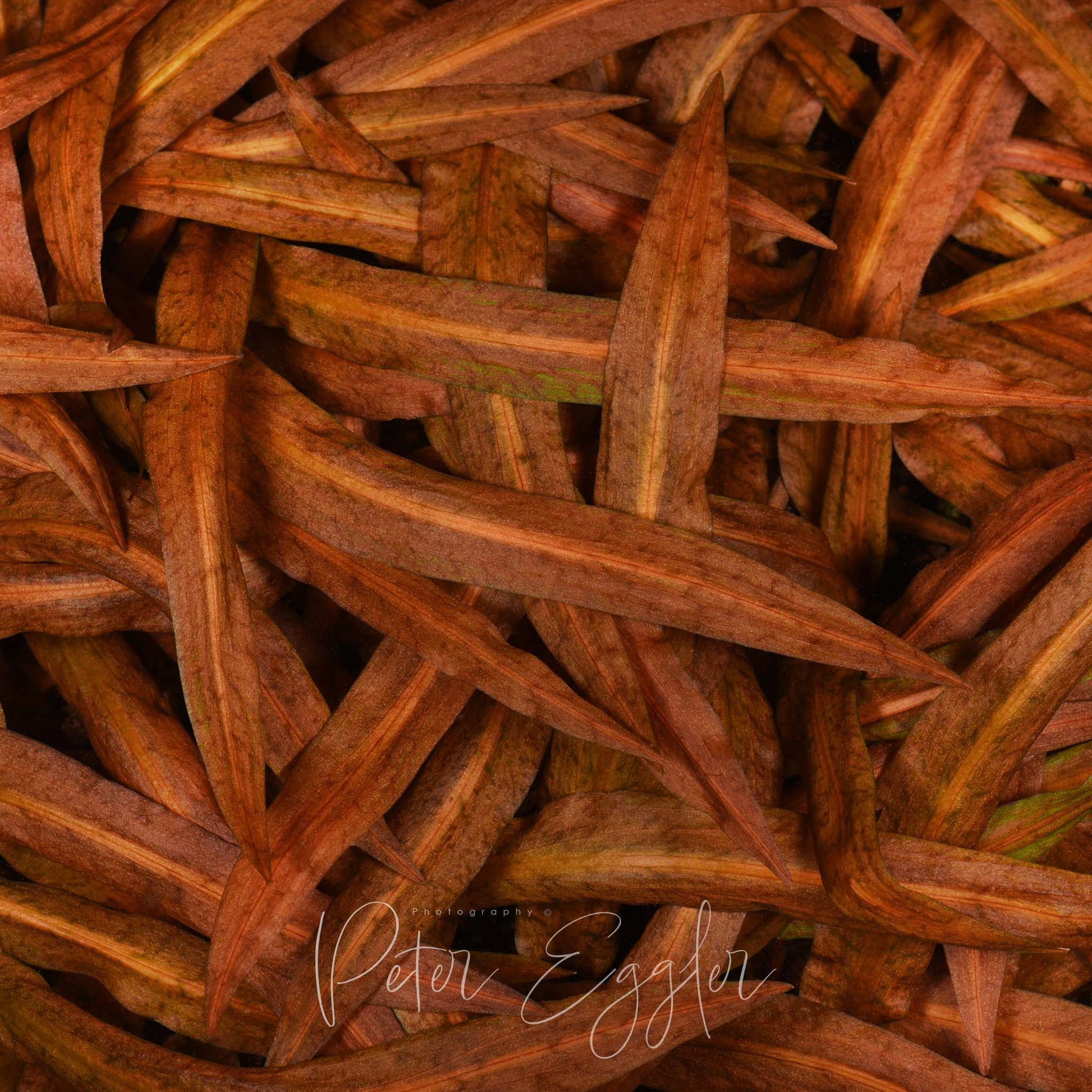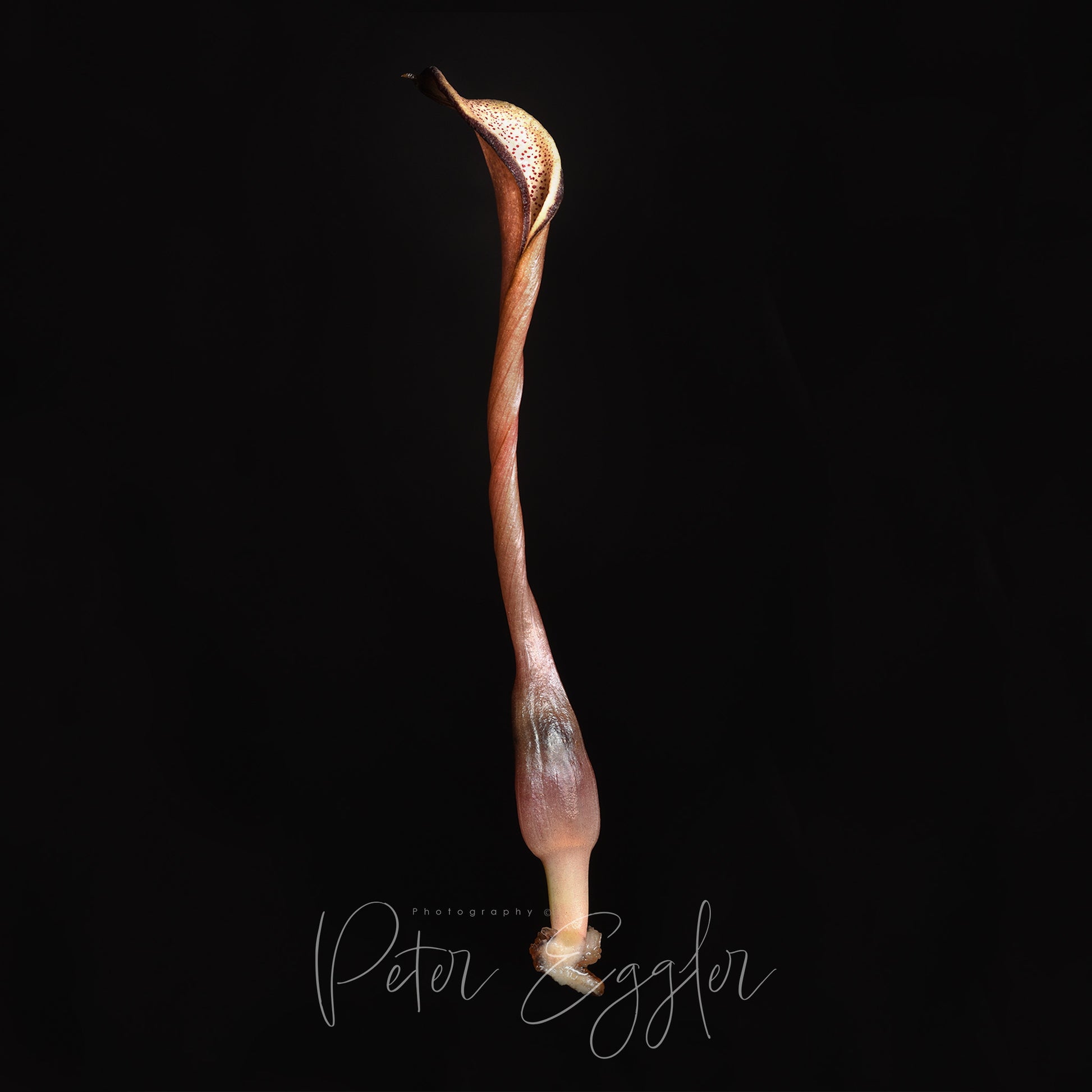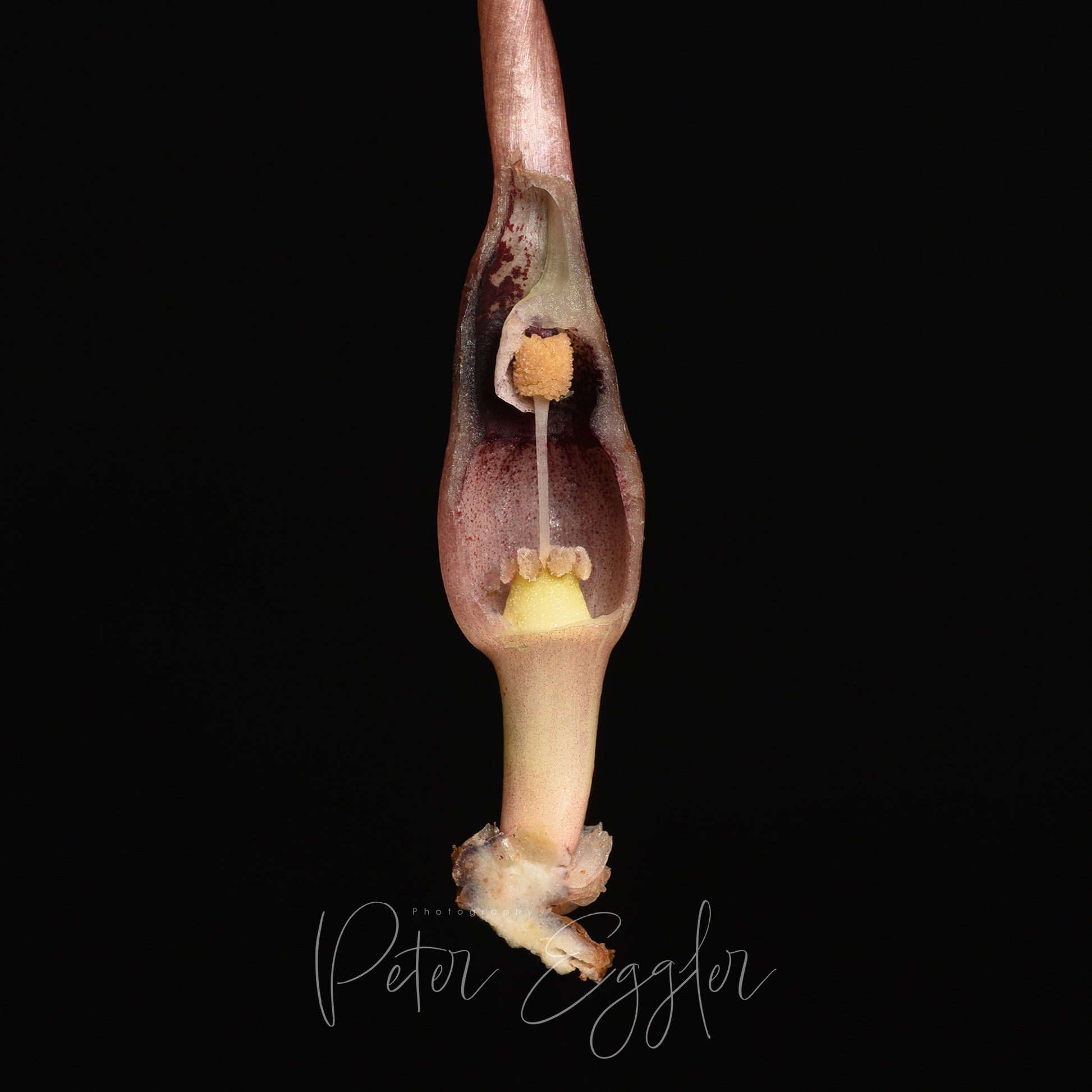Cryptocoryne crispatula var. albida "brown"
Cryptocoryne crispatula var. albida "brown"
Out of stock
Plant Size/Portion Size:
Plant Size/Portion Size:
Couldn't load pickup availability
Plant Name: Cryptocoryne crispatula var. albida “brown”
Tankquility Catalogue #: TQ-01478
Synonyms/Trade Names: Recent molecular research has shown Cryptocoryne albida to fall within Cryptocoryne crispatula and is not a separate species (Jacobsen et al. 2015, Idei et al. 2022). As a result, Cryptocoryne albida is now a synonym of Cryptocoryne crispatula.
Original Plant Sourced as: Cryptocoryne albida 'Brown' [Tropica]
Plant Family: Araceae
Plant Native to1: Cryptocoryne crispatula var. albida is found in Myanmar and Thailand. (the crypts pages - http://www.cryptocoryneworld.org/index.php). The precise area from where clone TQ-01478 originates is unknown.
Plant Type: Semiaquatic
Image Details2:
Image 1: Cryptocoryne crispatula var. albida “brown” grown submerse in a greenhouse pond. The plants shown are newly transitioned. Under cooler conditions/shorter daylength, newly transitioned pond grown plants may take on the colour patterning shown by the emerse plant in Image 2.
Image 2: Emerse grown Cryptocoryne crispatula var. albida “brown” showing distinctive patterning of the leaf when grown under warm temperatures and intermittent misting.
Image 3: Inflorescence of Cryptocoryne crispatula var. albida “brown”.
Image 4: The kettle of the spathe of Cryptocoryne crispatula var. albida “brown” (opened to show internal structures).
General Information and Cultivation3: A medium-size crypt, easy to cultivate submerse. This clone is quite a chameleon, with both emerse and submerse plants displaying a range of forms of colour and patterning. This range can include: 1) orange/brown of immature, newly transitioned submerse plants (Image 1), 2) dark brown of mature submerse plants and of emerse plants grown under high humidity, 3) orange/brown and green patterning of emerse and submerse plants grown under certain conditions (Image 2), and green of emerse plants grown under low humidity. Cryptocoryne crispatula var. albida “brown” is adaptable to water (soft to medium-hard) and substrate (slightly acid to near-neutral) conditions.
Growing this crypt emerse is possible under high humidity/misting and low to moderate light intensity.
Identification Notes: Tankquility has flowered this clone and confirmed its identity as the variety albida, belonging to the species Cryptocoryne crispatula.
Ease of Care: Easy
Plant Size/Portion Size:
Submerse grown plant (s): Small to medium-size plant (orange/brown colour form) with strong root development.
Submerse grown plant (l): Medium to large-size plant (dark brown colour form) with strong root development. Plant up to 400mm in height.
Emerse grown plant: Plant cut back to 2-3 emerse leaves, with strong root development or healthy rhizome piece.
Further Reading:
Jacobsen, N., Bastmeijer, J., Christensen, C., Idei, T., Asmussen Lange, C., Orabi, J., Sookchaloem, D., Toneato, F. & Oergaard, M. (2015). The use of AFLP markers to elucidate relationships within Cryptocoryne (Araceae). Aroideana 38E (1): 186-193.
Idei, T., Maneeanakekul, S. & Jacobsen, N. (2022). Stories from the Mekong, part 3. Cryptocoryne (Araceae) habitats in the Kok River, Chiang Rai Province, Northern Thailand. Aroideana 45 (1): 281-295.
1 Distribution is taken from Plants of the World Online (https://powo.science.kew.org/) unless stated otherwise.
2 All images used on the Tankquility website have been taken of plants growing in our nursery.
3 The general and cultural information provided is based on our own experience and observation. If we supply information from others, we have acknowledged the source.
SKU:
View full details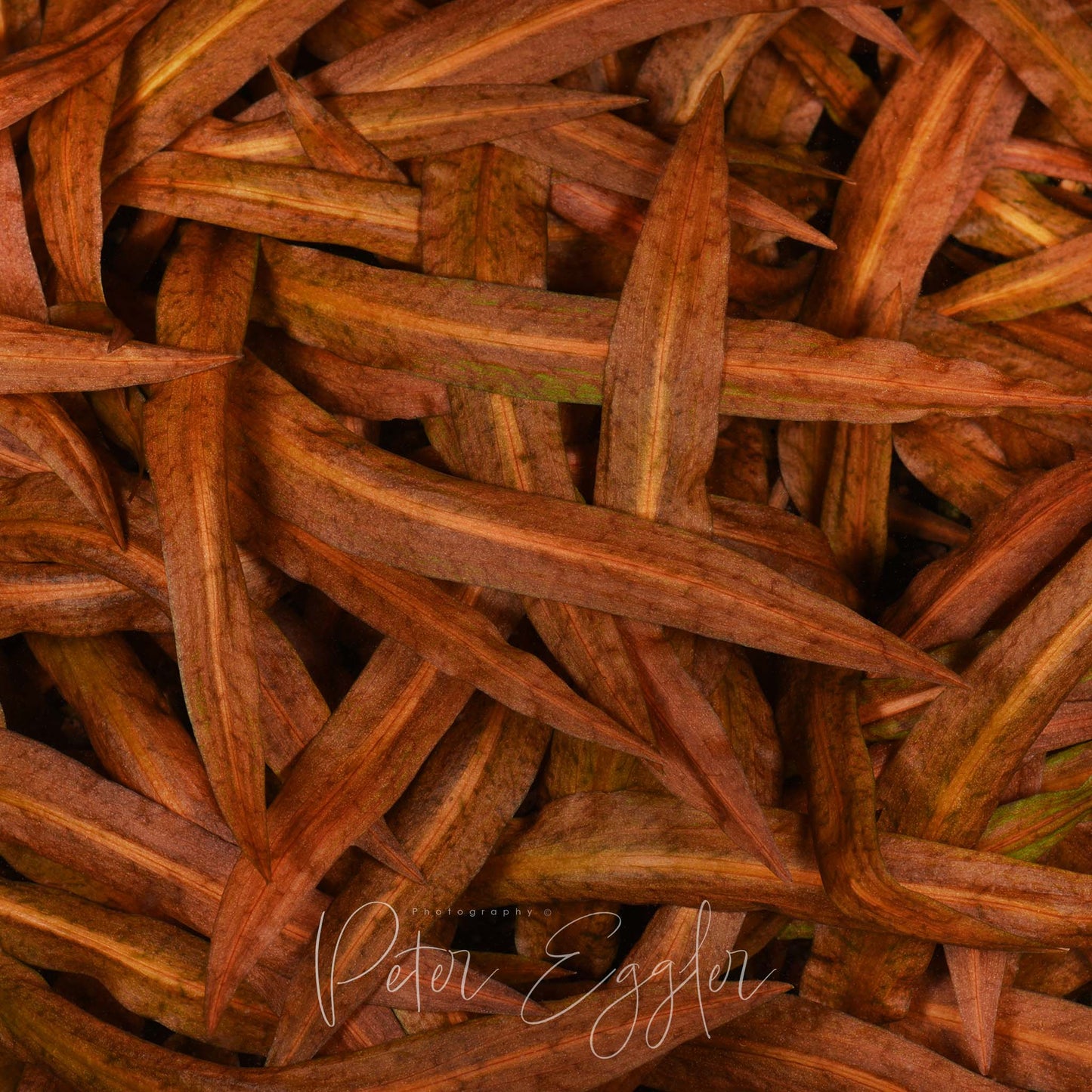

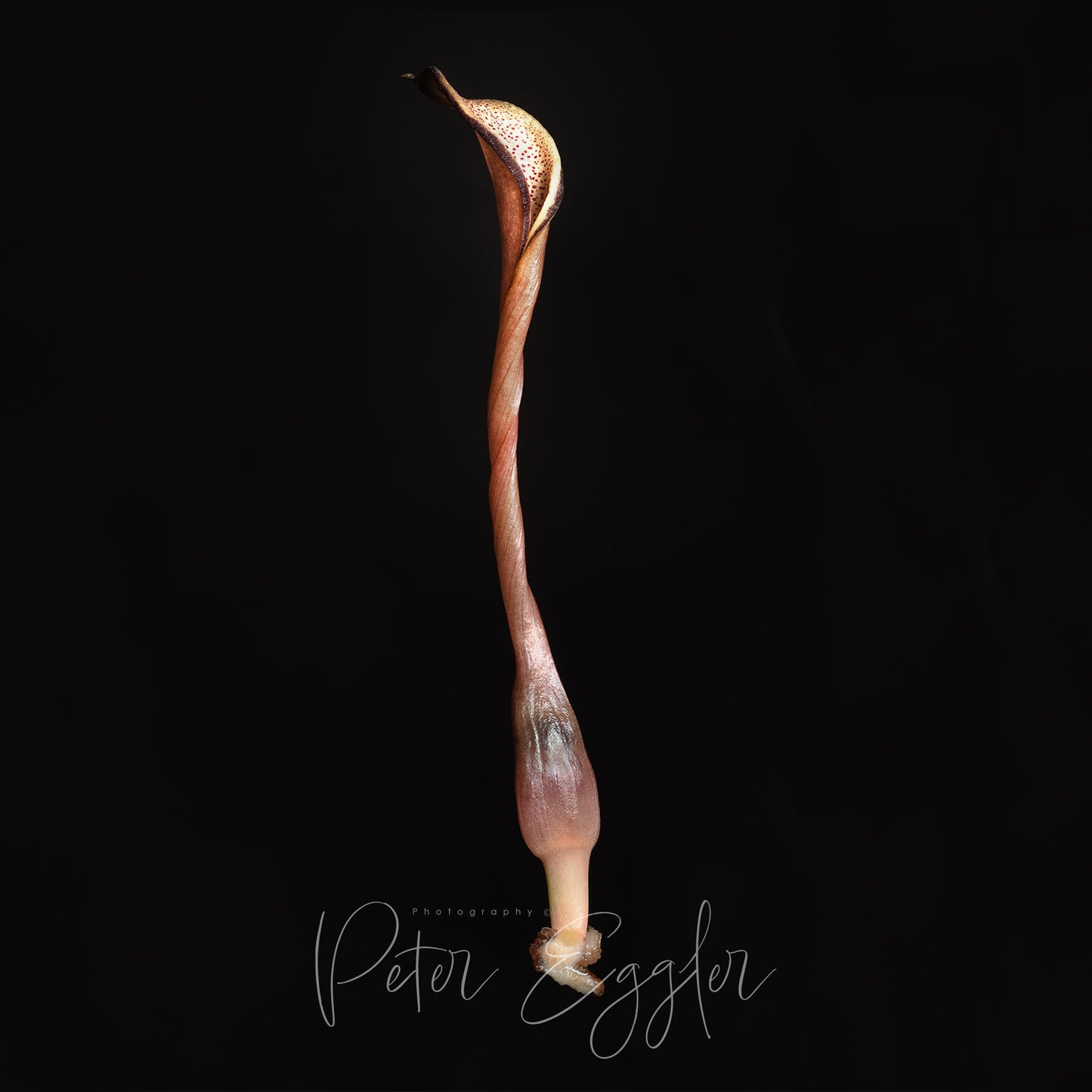
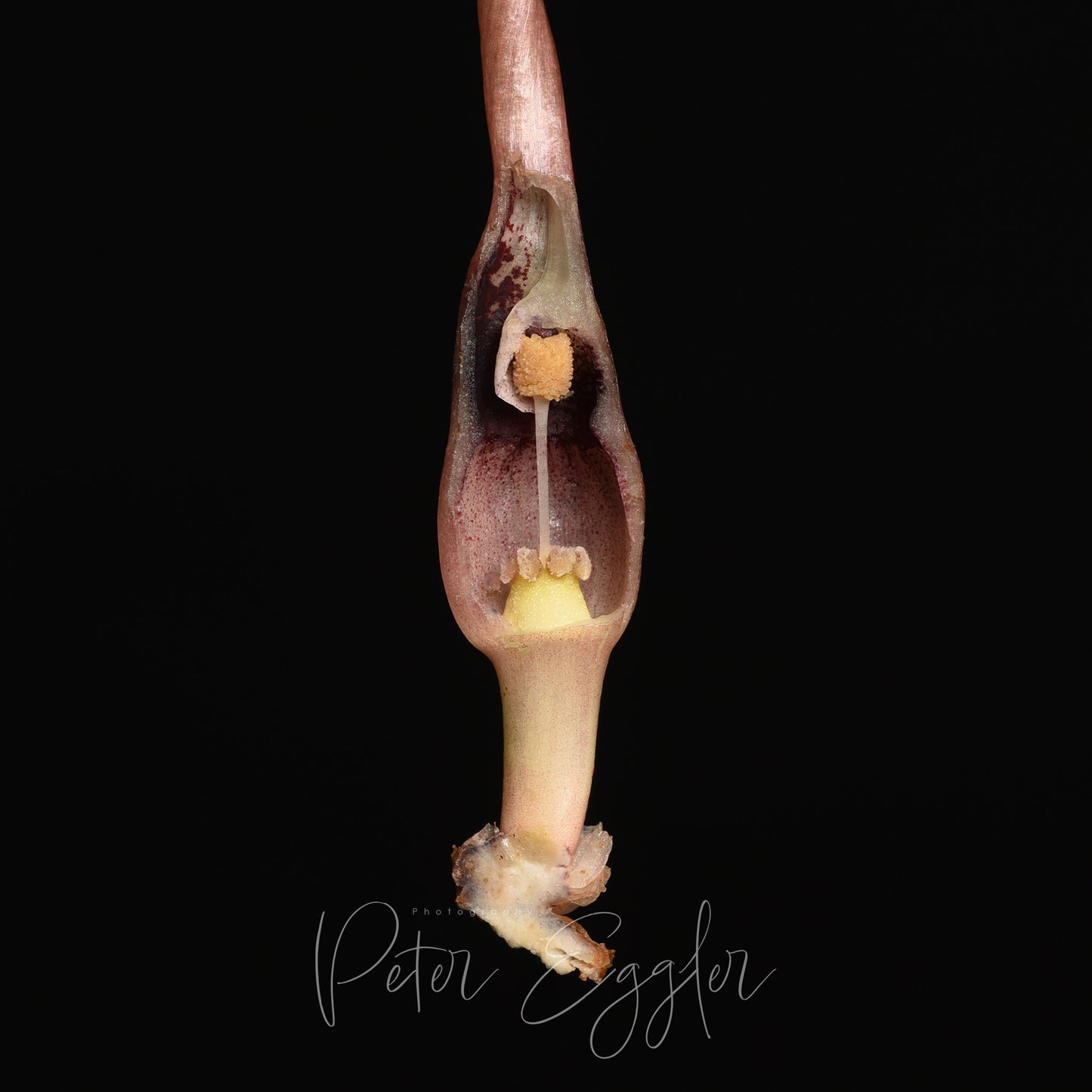
-
Plants can alter their appearance due to seasonal influence, or in response to different environmental conditions or stage of maturity. This phenomenon is known as phenotypic plasticity, and it is especially evident in Aquatic/Semiaquatic plants. Whilst we endeavour to portray a plant accurately, the plant you receive may have been growing under different conditions or be at a different stage of maturity to the one in the image(s) provided.
How we package your plants...
-
Aquatic/Semiaquatic plants will be shipped bare-rooted and wrapped in damp paper for protection when required.
-
Terrestrial/Epiphytic plants will be shipped bare-rooted and the roots wrapped in damp sphagnum moss for protection when required.

